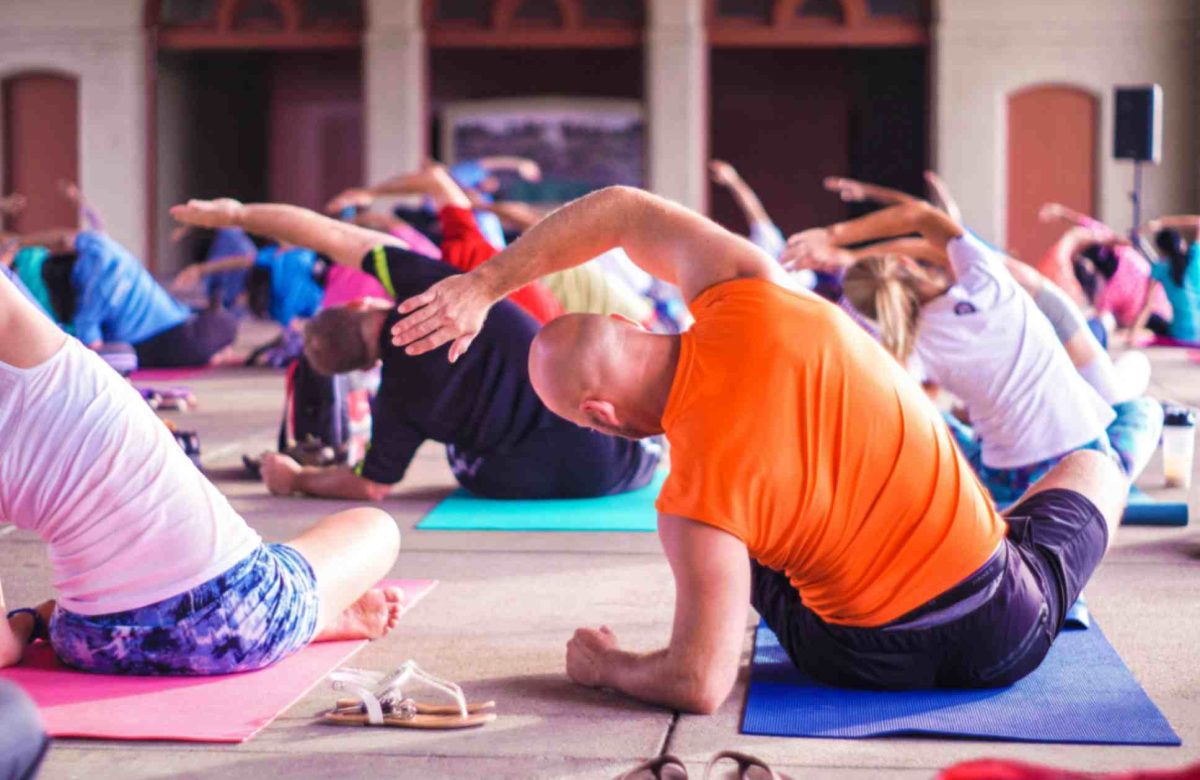How to Incorporate Mindful Breathing into Your Yoga Practice

Yoga is not just about physical postures; it’s a holistic practice that integrates breath, movement, and mindfulness. Mindful breathing, an integral aspect of yoga, holds the power to deepen your practice, enhance your mind-body connection, and create a sense of tranquility. In this blog post, we will explore the art of incorporating mindful breathing into your yoga practice, guiding you toward a more profound experience of relaxation, focus, and self-awareness.
Understanding Mindful Breathing in Yoga
Mindful breathing, often referred to as pranayama, is the practice of conscious, intentional breath control. In yoga, the breath is considered a bridge between the body and the mind. By directing your breath with awareness, you can influence your state of mind, create mental clarity, and bring balance to your energy.
1. Begin with Awareness
Before you even step onto your yoga mat, take a moment to cultivate awareness of your breath. Close your eyes and sit or lie comfortably. Try not to change your natural breath. Notice the rhythm, depth, and texture of your breath as it moves in and out of your body.
2. Integrate Breath with Movement
As you transition through yoga poses, synchronize your breath with your movements. During extension or opening, inhale, and when folding or contracting, exhale. This integration of breath and movement not only enhances your physical practice but also fosters a deeper connection between your body and your breath.
3. Ujjayi Breath: The Oceanic Sound
Ujjayi breath is a technique that involves gently constricting the back of your throat as you breathe in and out. This creates a soft, ocean-like sound. You breathe more deliberately and audibly with Ujjayi breath. This technique can foster a sense of inner calm and focus during your practice.
Read More : How to Improve Your Lung Health with Breathing Exercises
4. Counting Your Breath
To enhance mindfulness, try counting your breath. Inhale for a count of four, hold for a count of four, exhale for a count of four, and pause for a count of four before beginning the next breath cycle. This rhythmic pattern helps you stay present and engaged with your breath.
5. Deep Belly Breathing
Incorporate deep belly breathing to engage your diaphragm fully. As you inhale, let your belly expand like a balloon, and as you exhale, gently draw your belly button toward your spine. Deep belly breathing can help reduce stress and activate the body’s relaxation response.
6. Alternate Nostril Breathing (Nadi Shodhana)
This pranayama technique involves alternating the flow of breath through each nostril. Using your thumb and ring finger, block one nostril and inhale through the other. Then, block the open nostril and exhale through the opposite nostril. This practice can balance your energy and create a sense of equilibrium.
7. Breath Awareness Meditation
Set aside time for a dedicated breath awareness meditation. Sit or lie down in a quiet, comfortable place. Focus your attention on the sensation of your breath – the coolness as you inhale and the warmth as you exhale. If your mind wanders, gently bring it back to the breath.
8. Savasana: The Final Relaxation
In the final relaxation pose, Savasana, let go of any specific breath techniques and return to natural breathing. Allow your breath to be effortless and uncontrolled. As you rest in stillness, observe how your breath mirrors the calmness of your mind.
9. Cultivate Mindful Breath Off the Mat
The practice of mindful breathing doesn’t have to be confined to your yoga mat. Carry your awareness of breath into your daily life. Whenever you feel stressed, anxious, or scattered, take a moment to pause and connect with your breath. Even a few deep breaths can bring you back to the present moment.
10. Be Patient and Gentle with Yourself
Mindful breathing is a skill that develops over time. Distractions and restlessness are normal. Approach your practice with patience and self-compassion. Each breath is an opportunity to return to the present moment.
Read More : How to Enhance Your Focus and Concentration
Conclusion
Incorporating mindful breathing into your yoga practice is like infusing your practice with the life force itself. It invites you to be fully present, to deepen your connection with your body, and to cultivate inner calm. As you explore different pranayama techniques, remember that the breath is your constant companion, always available to anchor you in the present moment. Whether you’re flowing through dynamic sequences or finding stillness in meditation, the art of mindful breathing transforms your yoga practice into a journey of self-discovery, balance, and tranquility.




